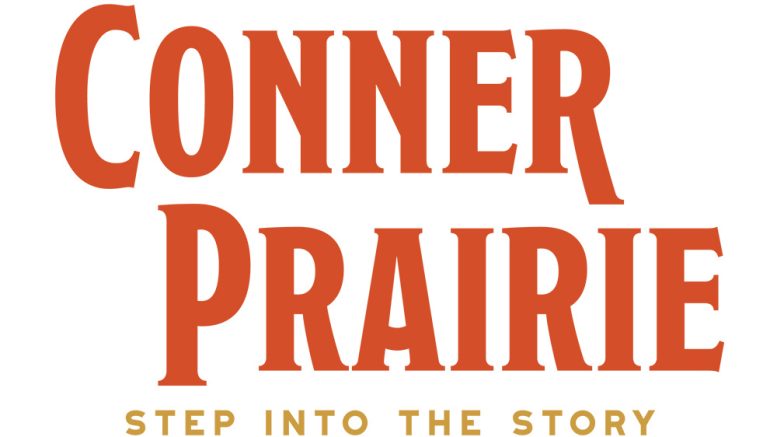Did you know Conner Prairie is home to some of the rarest animals in the world?
Conner Prairie, a Smithsonian Affiliate Museum, is playing a critical role in preserving the history of Heritage Breed animals as it works to proactively raise awareness and educate guests on the importance of these animals.
Five Heritage Breeds live on our working farm including English Longhorn Cattle, Arapawa Goats, Tunis Sheep, Ossabaw Hogs, and American Rabbits. Behind every animal interaction that happens at Conner Prairie is hundreds of years of history.
Conner Prairie invites you to celebrate these rare animals during Heritage Breeds Week, May 21 to 27. Guests will be able to interact with the animals, participate in hands-on activities, learn about Conner Prairie’s ongoing efforts to preserve these special animals, and so much more.
“According to the Livestock Conservancy, one domesticated livestock breed becomes extinct every month worldwide,” said Stephanie Buchanan, Director of Agriculture Initiatives at Conner Prairie. “Once they’re gone, they’re gone forever. Because of this we work hard not only to save heritage breeds, but also to raise awareness in the community of how these rare animals are an irreplaceable link to our past and a vital resource for our future.”
The Livestock Conservancy publishes a Conservation Priority List (CPL) of endangered farm animal breeds each year, working to ensure those breeds aren’t lost to extinction. Below is a list of the Heritage Breeds at Conner Prairie and each breed’s endangered category.
- English Longhorn Cattle: 14,000 globally, but believed to be fewer than 40 in the United States, CPL: Not Listed
- Arapawa Goats: Fewer than 600 globally, CPL: Critical
- Tunis Sheep: Fewer than 10,000 globally, CPL: Watch
- Ossabaw Hogs: Fewer than 2,000 globally, CPL: Critical
- American Rabbits: Fewer than 2,000 globally, CPL: Watch
Click here to view the full schedule for Heritage Breeds Week 2023 at Conner Prairie and to learn more about the animals on the working farm.

